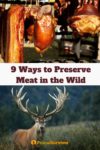Surviving on a diet of hardtack and spam is fine for a while, but a good meat stew or barbecued steak will not only replenish your diminishing energy supplies but also give your mood a much-needed boost.
Not all survivalists are hunters, but those that are, relish the thrill of the hunt almost as much as they enjoy the fruits of their labors.
Unfortunately, if you can’t preserve your prize, it will only last a day or two before becoming rancid and inedible. A day or two more, and it could turn to poison.
There’s little point in hunting big game like deer or wild pig if most of the meat goes to waste. If you know how to preserve that meat, however, it could keep you going for up to six months, if not longer.
How do you preserve meat in the wild?
Smoking, salting, and curing are all common ways of preserving meat when there’s no refrigeration available. Over the centuries, people have also made confit and pemmican, fermented and even buried meat to extend its so-called shelf-life.
What Happens When We Preserve Meat (And When We Don’t)
A hungry survivalist is likely to eat some, if not all, of any animal they hunt immediately after the kill. Any meat that isn’t consumed promptly, however, can quickly become inedible. This puts you in danger of contracting food poisoning, salmonella, E. Coli, and other nasty illnesses.
Given the right conditions, meat can spoil in a matter of hours. Exposure to heat and light causes the cells within the meat to break down. Microorganisms then infiltrate those cells, with bacteria and fungi flourishing as they facilitate the process of decomposition.
Microorganisms thrive when there is:
- An atmospheric moisture level of at least 18%
- Reduced airflow
- High humidity
- An ambient temperature of more than 40°F
- Exposure to oxygen
- A large exposed surface area
- A pH level of between 5.0 and 8.0.
Preservation prevents those ideal conditions from occurring or, at least, delays them. By reducing the temperature, removing the moisture, and covering the meat in a protective coating, you can extend its edibility for days, if not months.
Nine Ways To Preserve Meat In The Wilderness
#1 Prolong Your Meat’s Shelf-Life Using Sunlight
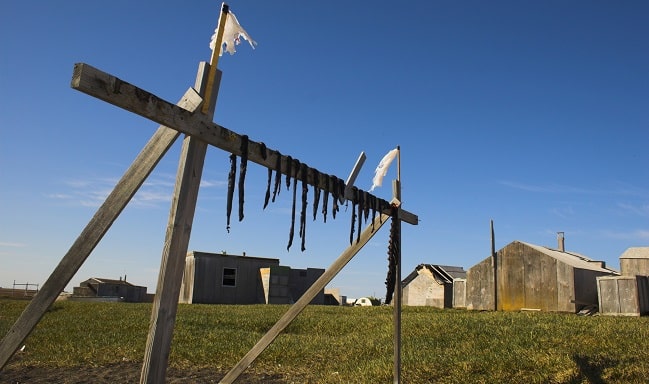
One of the oldest and simplest methods of preserving meat is to let the sun do the work. Both Native Americans and the Dutch settlers of South Africa discovered this neat trick and continue to delight in the results. Beef jerky and biltong are thin strips of meat that have been dried in the sun.
Read: How to make deer jerky at home
The Native Americans would cut their meat into thin strips and then drape it across large, flat rocks that were pre-warmed in the fire. The strips would be turned regularly, and the children and older tribe members put in charge of keeping the flies away.
The South Africans preferred to hang their strips of meat from the surrounding trees, letting them waft in the hot wind as they dried.
Drying meat not only preserves it but also reduces its weight and bulk, making it easier to transport. Jerky lasts a surprisingly long time and makes for great survival food. This video gives you some handy tips on how to make primitive jerky.
#2 Curing And Corning
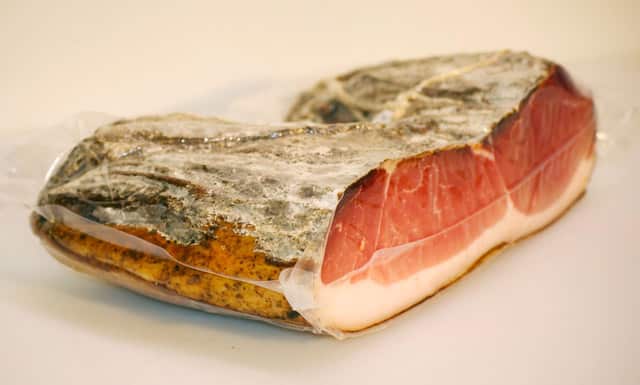
This was the primary method of preserving meat up until the late 19th-century. The easiest way to cure meat is to rub table salt into it and leave it to dry. The salt draws the moisture out, inhibiting the growth of potentially damaging microorganisms.
An alternative method, known as wet curing, involves submerging your meat in a salty solution or brine. This is safer than dry curing as it ensures that the meat is completely covered, thereby preventing any bacteria from sneaking in. It can also preserve your meat for longer than dry curing.
If you want to preserve your meat by curing, make sure you pack enough salt and familiarize yourself with the 3 methods of curing meat with salt.
#3 Pickling
Pickling is very similar to wet drying but is a little more complex and time-consuming. To pickle your meat, you need to submerge it in a brine containing sugar, salt, and, if you have them to hand, other herbs and spices.
Leave it for a month or more, and you’ll end up with a survivalist’s equivalent of corned beef.
#4 Smoking Your Way To Longevity
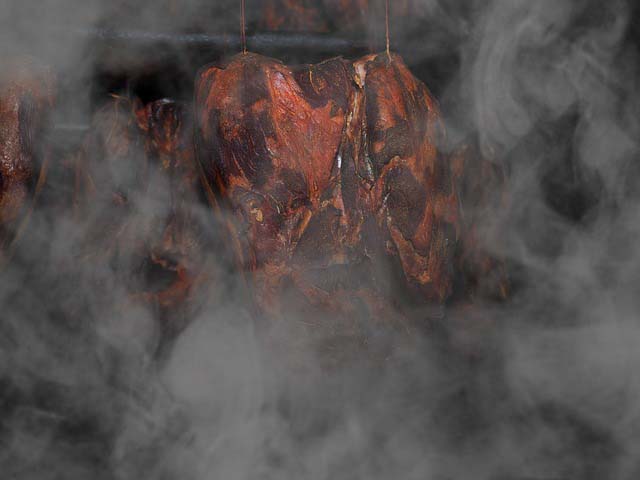
Smoking provided our early ancestors with a way to both preserve meat and enhance its flavors. For the Native Americans, who struggled to get salt, it was one of the most popular ways of preserving bison and other meats.
Smoking removes the meat’s moisture and covers it in a protective layer that prevents flies from transmitting disease and planting eggs on the meat. It also breaks down the connective tissues and fats, leaving the meat tender and tasty.
Using different woods, you can create a range of smoky flavors. Mesquite, for instance, gives game meats a strong smoky flavor, while oak is milder and better suited to smaller game, like rabbit or squirrel. (Yes squirrel is edible!)
If you want to get really adventurous, you can combine curing with smoking to create a more mouth-watering result. You can find out more in our beginner’s guide to smoking.
#5 How To Freeze Out The Bad And Preserve The Good
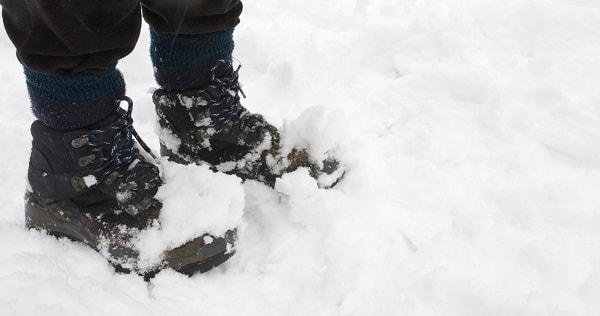
If you’re unfortunate enough to be bugging out in mid-winter, the silver lining is that you’ll be able to take advantage of those cold temperatures to preserve your meat.
Native American tribes, like the Inuit and Aleut, would wrap their meat in animal skins and then bury it in the show. It’s not the most reliable way of preserving meat, however, unless you’re in the Arctic or somewhere similarly and consistently cold.
#6 How To Bury Your Meat And Keep It Fresh
Dogs bury their bones all the time, and for good reason. It gives them a way to store surplus resources for the lean times ahead.
Putting your meat underground may not be the most hygienic way of preserving it but it will protect it against warm temperatures, sunlight, and restrict the availability of oxygen. In doing so, it will slow down the decomposition process.
The cooler temperatures beneath the surface layer of the soil and the natural pH level also assist in the preservation process. In the past, the meat would be either cured before burial, or buried on a layer of hot coals.
Both methods help to kill off any bacteria while blocking out light and heat prevents further spoiling.
#7 Making The Ultimate Survival Food
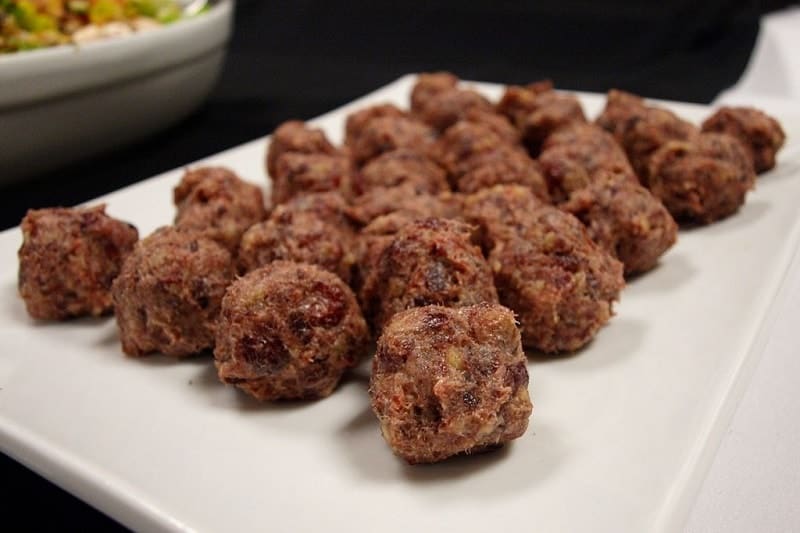
Pemmican is the ultimate survival food. It’s high in protein and energy, lasts for years, and won’t take up much room in your bug-out bag. Some would even go as far as to say that it’s still one of the best survival food bars for emergencies.
With a 2.2-ounce serving giving you nearly 300 calories, pemmican certainly deserves some kudos, even if making it is a little more complex and time-consuming than some of our other methods of preservation.
Pemmican is made from dried, ground meat and berries. A hefty dollop of fat is then added to the mixture, binding it and giving it its high energy content.
You don’t even need to cook pemmican – simply heat the fat or tallow enough for it to melt, pour it over your pulverized meat and berry mixture until it sticks together, and then shape it into pieces using your hands. Get some pemmican recipes here.
#8 Make A Confit
A confit is made by cooking meat in the fat from the same animal. During the process, the fat forms a seal around the meat, stopping bacteria and other microorganisms from thriving.
While cooking a confit takes several hours, once complete, your meat can last for several months, assuming you have somewhere relatively cool and dry to store it.
#9 Rendering Fat
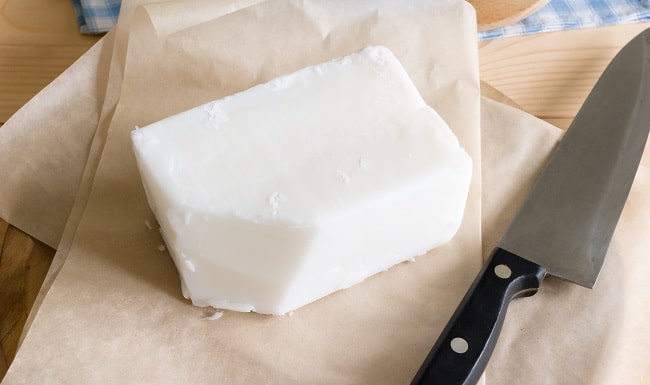
Rendering fat is a crucial step in making pemmican, but it also provides you with a versatile source of energy and nutrition. That may sound counter-intuitive given how much we hear about fat being bad for your health but, in a survival situation, the rules are different.
Fat from an animal is highly calorific, which is just what you need when you’ve got limited resources. It’s also extremely versatile and can be added to any number of dishes as a flavor enhancer and valuable source of energy.
To render fat, you need to remove all the meat and sinew before cutting the fat into small cubes. Put these in a heavy pot with a small amount of water. Cook gently over low heat for several hours, then strain off the liquid and allow it to cool.
If you want to use traditional methods, you can store your rendered fat in bladders or intestines, as the Native Americans did. Alternatively, you might find one of these long-term food storage containers a little more practical and slightly less off-putting.
Conclusion
If you know how to hunt, you also need to know how to preserve the fruits of your labor otherwise, they go to waste.
Drying, curing, and smoking are the simplest ways of preserving meat in the wild, but other methods, such as making pemmican, can provide you with regular, nutritious meals for months, if not years, to come.
